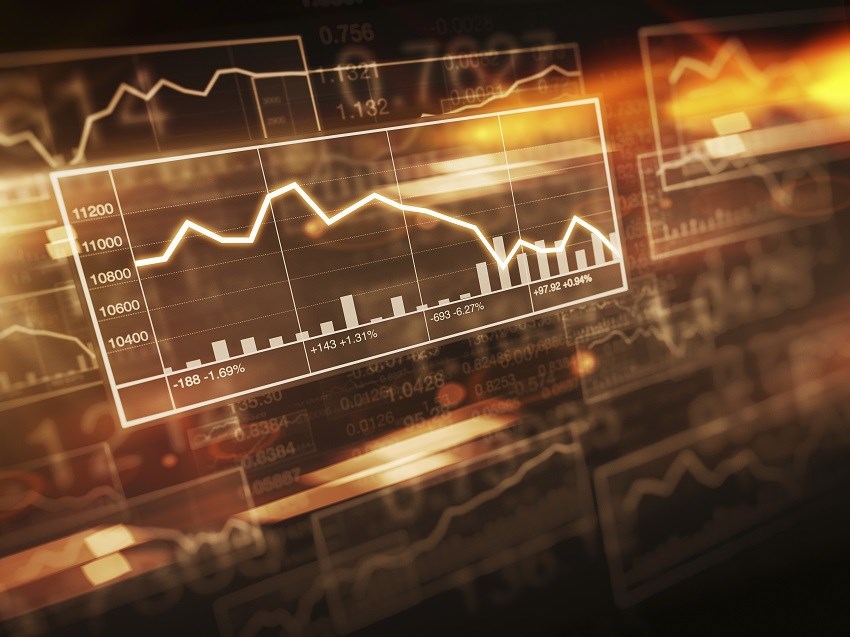
Perceptions of stagflation are fuzzy. Are they short, painful spells or periods of enduring financial suffering? And are Canadians at risk of being affected?
“In a lot of popular coverage, stagflation is understood as a rather short period of six to twelve months of high inflation and soft growth,” notes Derek Holt, Vice-president and Head of capital markets economics at Scotia Bank,“ In fact, it is a protracted period, typically two to five years, of high inflation accompanied by little growth or none at all.” One decisive feature, the economist highlights, is that “it can fundamentally change behaviour.”
“Usually, prices rise when an economy is accelerating,” comments Anil Passi, Director of global corporates at DBRS Morningstar, “In such an environment, inflation is not necessarily bad, as central banks can tackle it without large chances of creating a recession with slight interest rate increases. But with GDP flat, or even declining, rate rises will hurt an economy even more. It’s a very undesirable situation.”
Eurospecific Doldrums
Europe is flirting with conditions that suggest stagflation. “It’s clear that the possibility of stagflation is much higher in Europe, where the situation resembles what we had in the 1970s with energy prices increasing rapidly,” says Philippe Goulet-Coulombe, economy professor at the ESG of Université du Québec à Montréal who was participating at an economic forum in Europe at the time of our exchange, “An extreme case is Germany, where the producer price index has exploded in a way never seen before.” The situation is somewhat similar in many other Eurozone countries, though less critical than in Germany, he says.
Of course, the main culprit is the Ukrainian war which is creating havoc not only with gas prices but with the price of countless other goods and commodities. “We also observe a hike in unemployment, whilst it is rather improbable in the U.S. and Canada,” notes Goulet-Coulombe, “But with present conditions, it is not surprising that GDP is slowing down and might even fall into recession.”
“European countries will probably be growth laggards compared to the U.S. and Canada,” Holt agrees, “We’re at the optimistic end of the reading. We don’t think that a recession or stagflation is coming here.”
North American Shield
Passi and Goulet-Coulombe both agree with Holt. “Canada is the agriculture, the resources, the energy of the world, Passi highlights, and Europe wants grains, metals and gas, which means more economic output for our sectors.”
According to StatCan, exports rose by 6.3% last March, “with energy products contributing more than half of the increase. Exports of energy products rose 12.8% to a record $17.9 billion in March. (…) Exports of metal ores and non-metallic minerals increased in March by 19.4% to a record $2.9 billion. Following a 30.1% gain in February, exports of potash (+22.5%) contributed the most to the increase in March.”
Sturdy Neighbour
As Holt points out, “if the U.S. avoids stagflation and a recession, Canada usually does also. The U.S. is a commodity importer, and we are benefiting from high prices there, largely compensating for the effects of inflation. We are importing a positive income shock.”
Holt aligns many numbers that indicate the relative invulnerability of the U.S. economy to European counterparts: inventories are still quite lean. And on the American front, “I don’t see inventory imbalances as we saw in previous events,” he comments, “corporate interest coverage is high, household finance is solid with the U.S. having one of the smallest shares of debt service to revenue, high home equity and strong job markets. Harsher economic conditions could deteriorate those numbers, but we must consider “that we are starting from record highs,” he corrects.
Housing Cash Hedge
In Canada, conditions are not quite as sturdy, but they remain healthy nevertheless. Households have strong cash positions, Holt says, the job situation is strong, the debt burden service has declined during the pandemic, and home equity is solid – though we could see small declines. Passi doesn’t exclude a sharp setback in the housing market. If something like that happened, “it could offset some or all of the benefits of the rise in the resource sectors,” he points out.
All in all, stagflation is still far from our shores. “To have something that would resemble the 1970s, says Goulet-Coulombe, we would need to have, along with inflation, a lot of people out of work, but we are still in a situation of job shortage. We would need other important shocks to dive into stagflation.” But those shocks, for the time being, are nowhere on the horizon.
The final word belongs to Holt: “At this point, what we witness is more fear of stagflation than the phenomenon itself.”




















